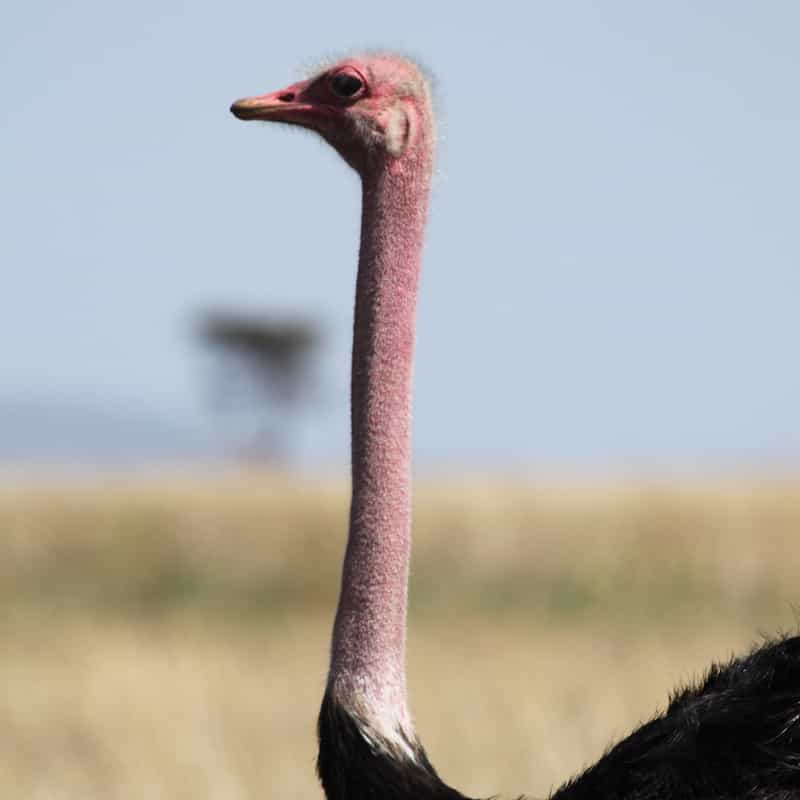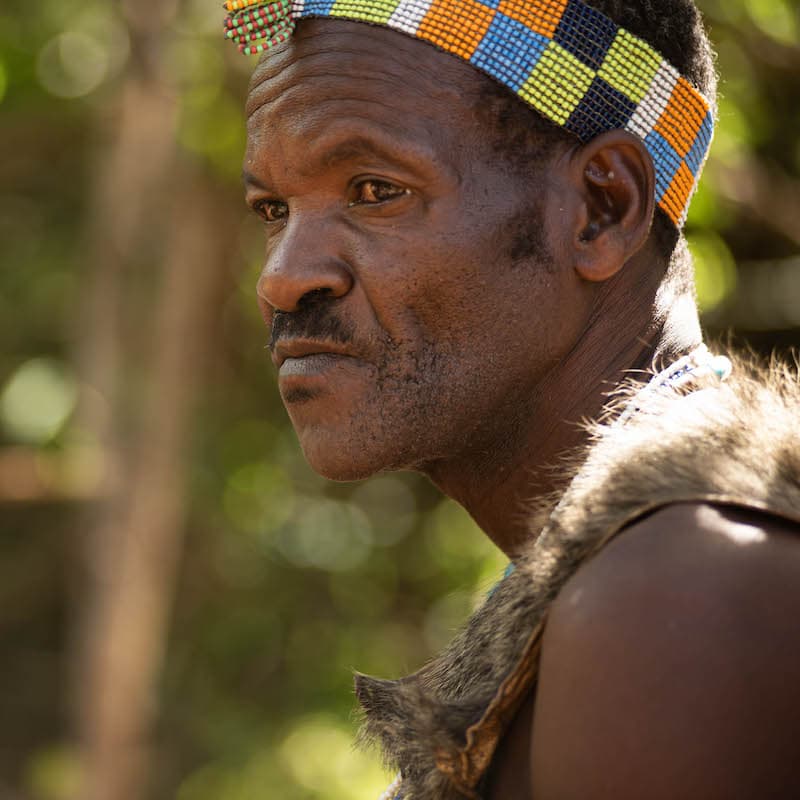Menu

The remote Lake Natron is an excellent destination for the adventurous traveller who wants to explore something different. Lake Natron can be a riot of colour with its red-orange waters and massive flocks of pink flamingos.
Laying at the foot of Ol Doinyo Lengai in the north of Tanzania, the lake is famed for its red waters. The water is highly alkaline, an excellent environment for growth of bacteria deadly to wildlife. Algae blooms transform the colour of the water, turning it red in the centre and orange in the shallows.
The lake may be inhospitable to most life, but that makes it a perfect breeding ground for the lesser flamingo. Every year, 2.5 million flamingos flock here, crowding the shores and shallow waters of the lake.
Lake Natron is an excellent destination for bird lovers. Apart from the massive flamingo flocks, you can also see plenty of other bird species. Other wildlife includes small antelope, some zebra, and wildebeest.

Ol Doinya Lengai, the only active carbonatite volcano in the world, is the eastern-most volcano in the range of mountains (all extinct volcanoes) located in the Ngorongoro Conservation Area and Tanzania’s only active volcano. Although the most recent significant eruptions occurred over a one-year period from July 2007 to August 2008, plumes of steam and ash constantly vent from the crater.
The highest point of Ol Doinyo Lengai is 3,188 m (10,459 ft) above sea level. The crater is over 200 m deep.
The name Ol Doinya Lengai means '*Mountain of God*' in the Maasai language.
For the adventurous (and fit), Ol Doinyo Lengai offers a challenging night climb to the summit. Imagine climbing in the moonlight, ascending the slope, to be rewarded with the sight in sunrise breaking over the African savannah.

Lake Eyasi is a seasonal shallow soda lake on the floor of the Great Rift Valley at the base of the Serengeti Plateau, just south of the Serengeti National Park and immediately southwest of the Ngorongoro Crater in the Crater Highlands of Tanzania.
This is an ideal place for bird-watchers or those who just want to relax in total peace. The lake is a seasonal stop for migrating flamingos, storks, and pelicans. You can also spot spoonbills, avocets, superfowls, Fischer's lovebirds, barbets, and more.
The lake also supports minor local fishing in wet years, but more often, catfish and lungfish are taken from the streams and springs that feed the lake.
The Hadzabe tribe are the indigenous inhabitants of the region and have lived here for over 10,000 years. These hunter-gatherers still maintain their traditional lifestyle, living in harmony with nature.
